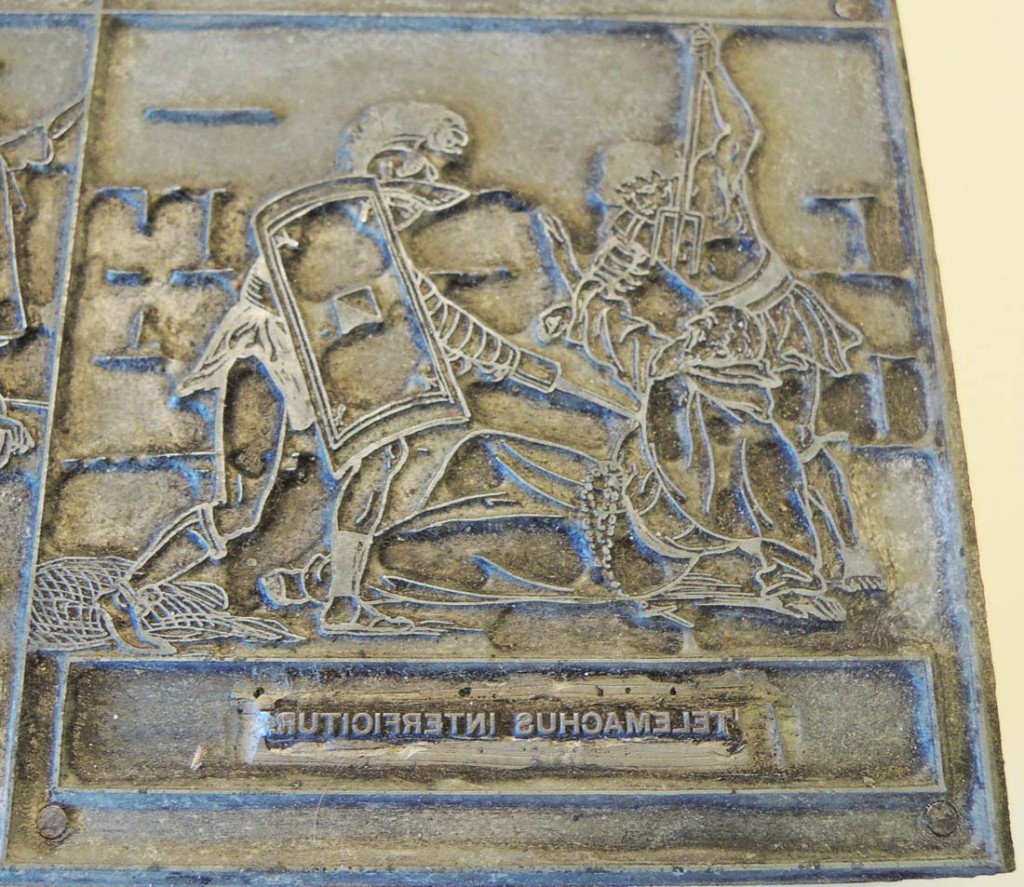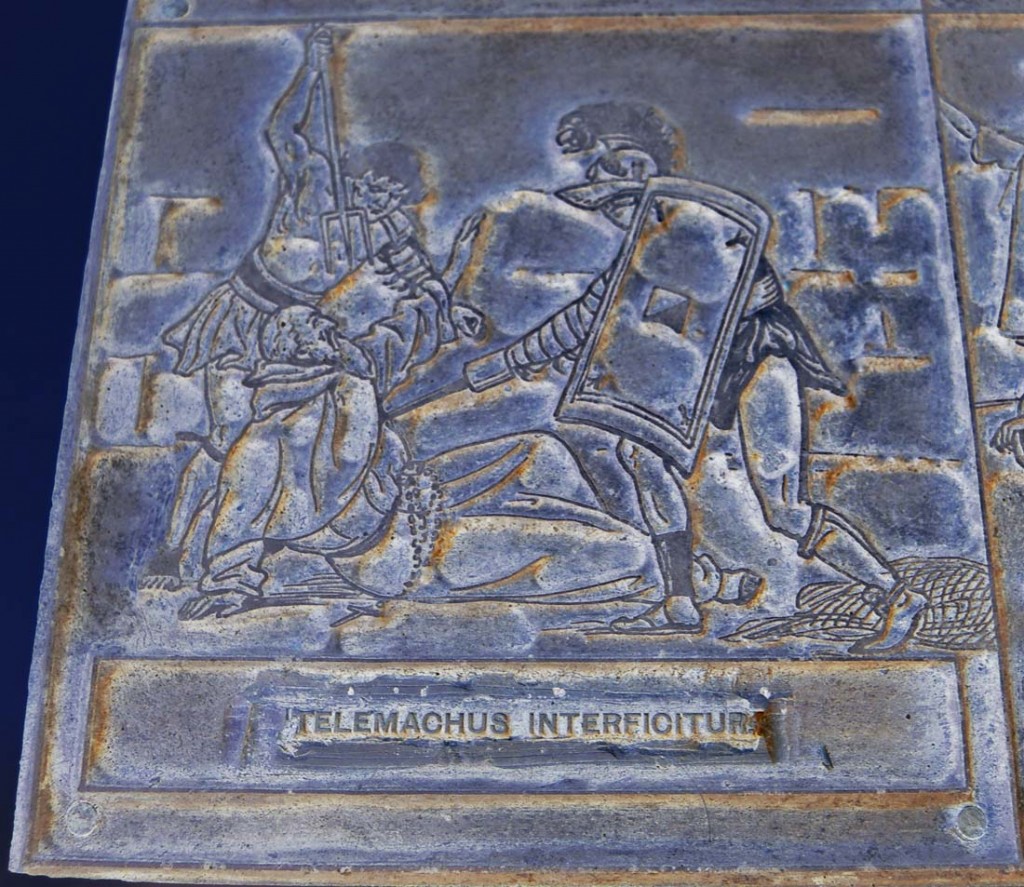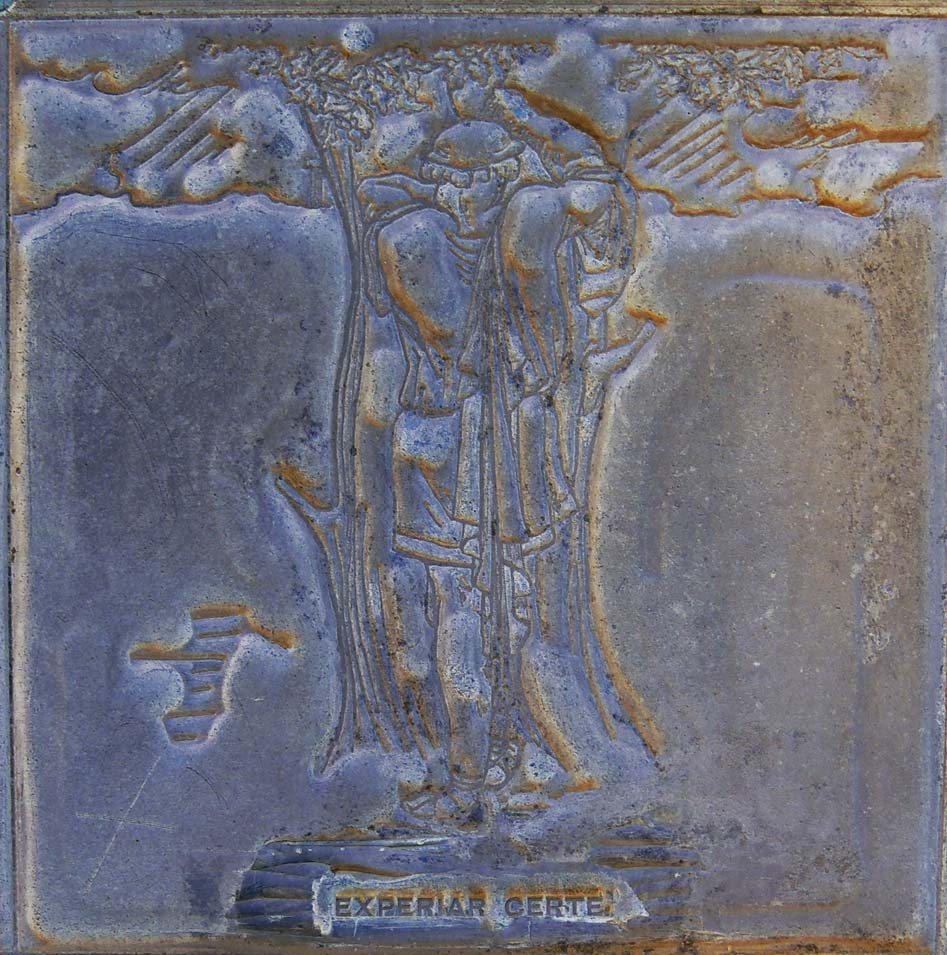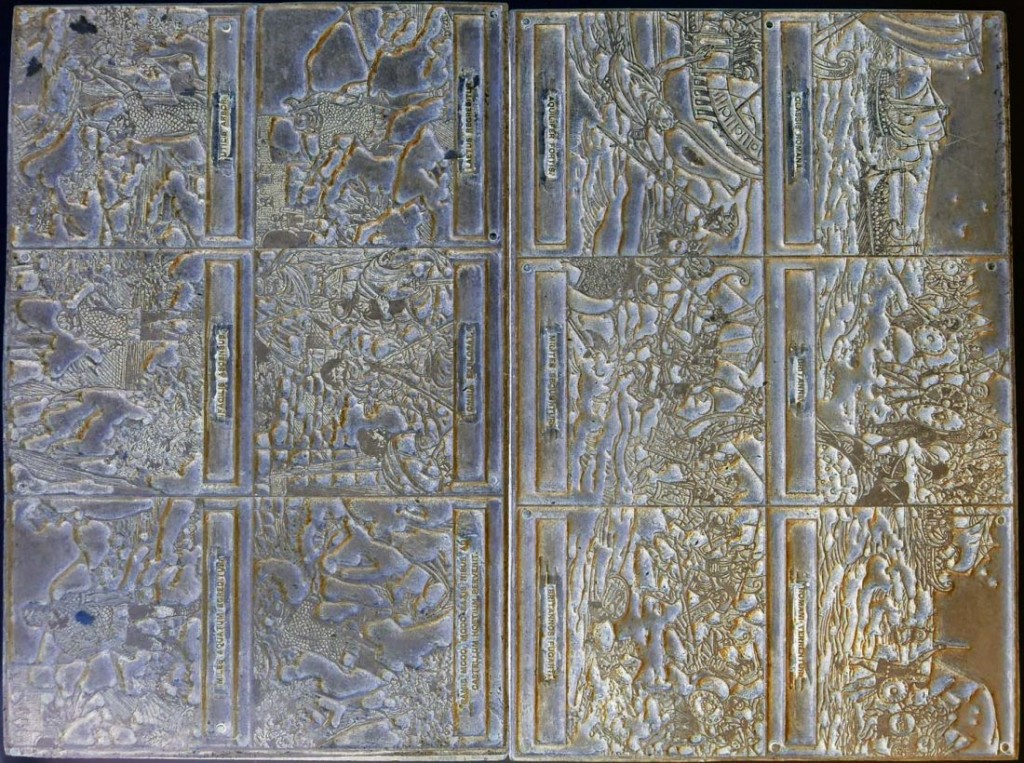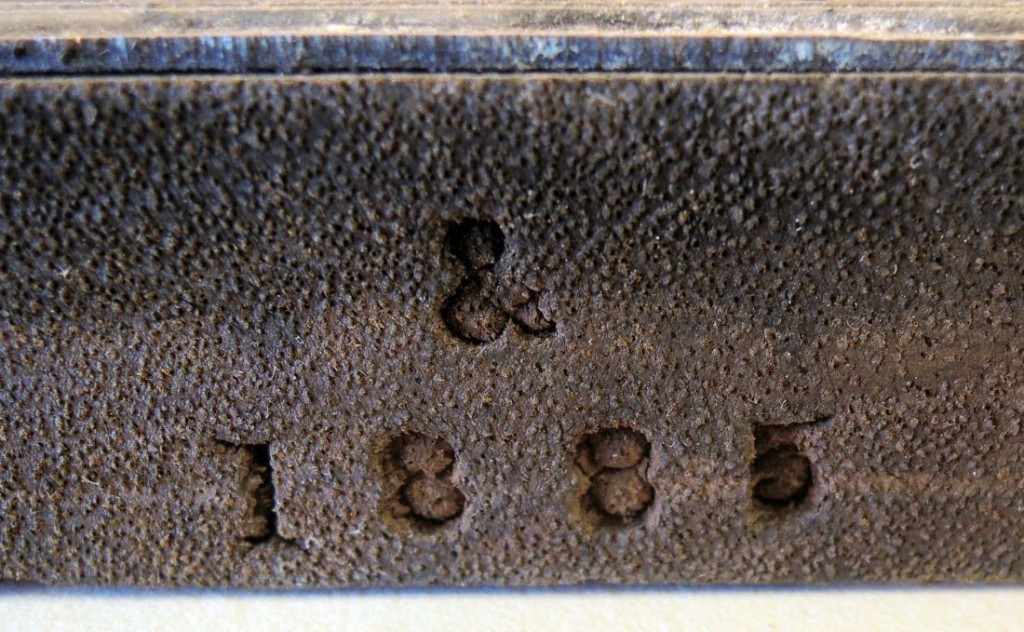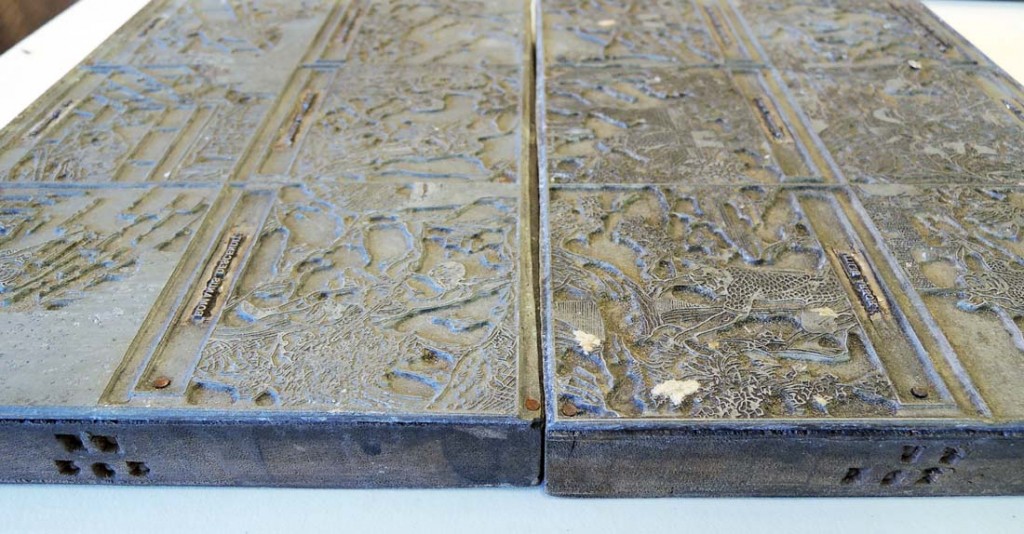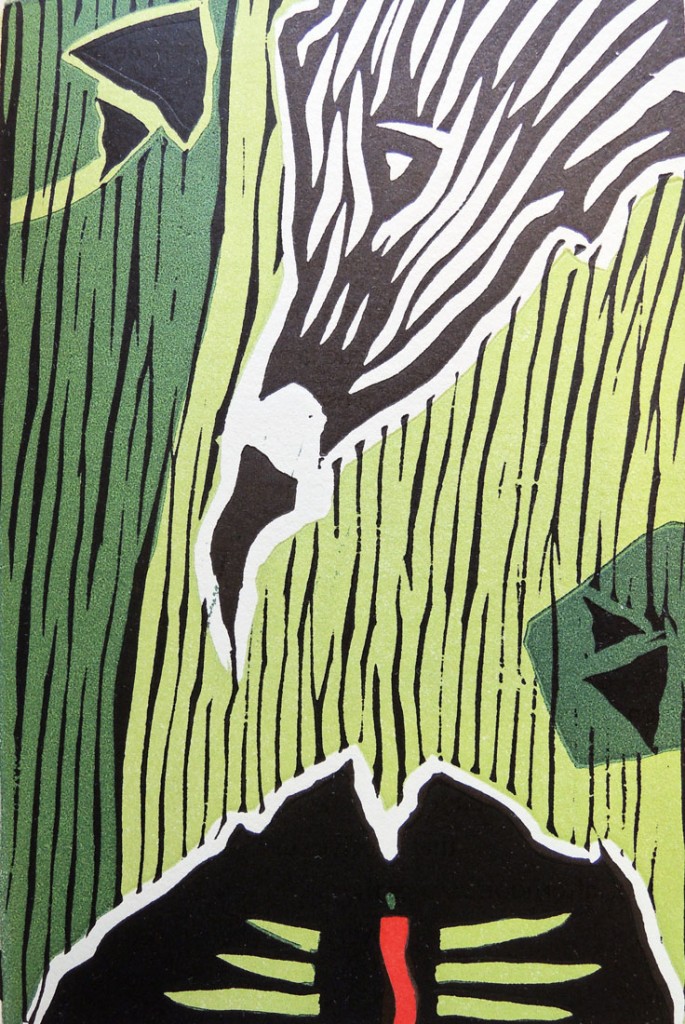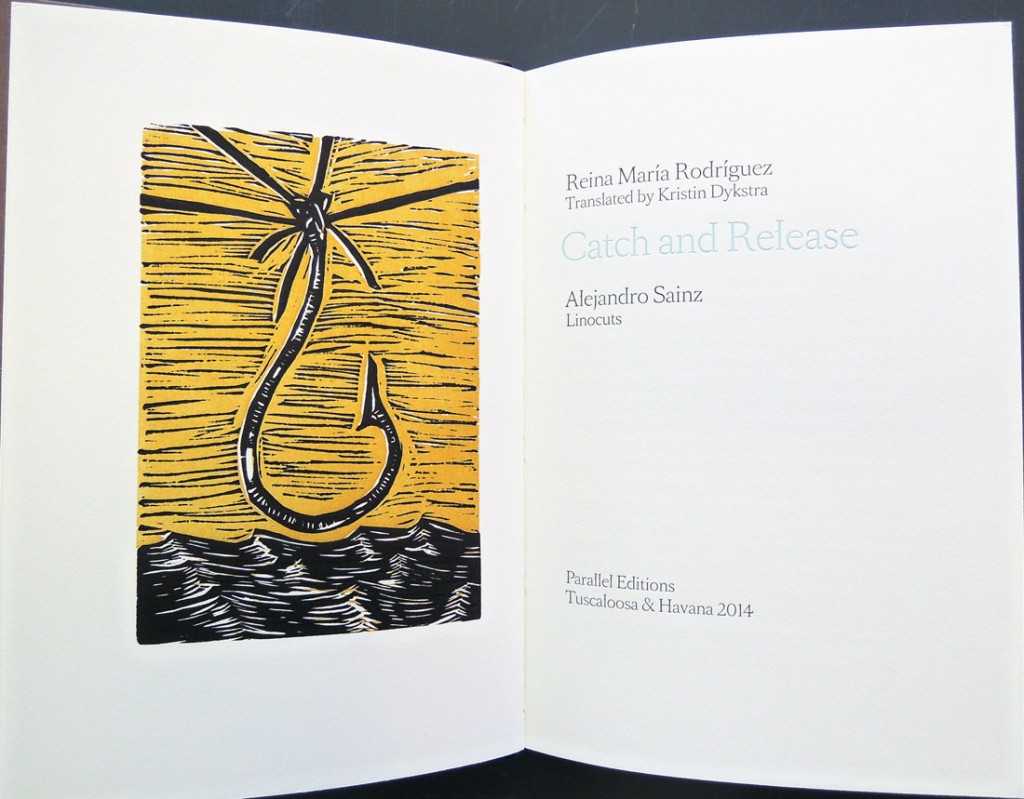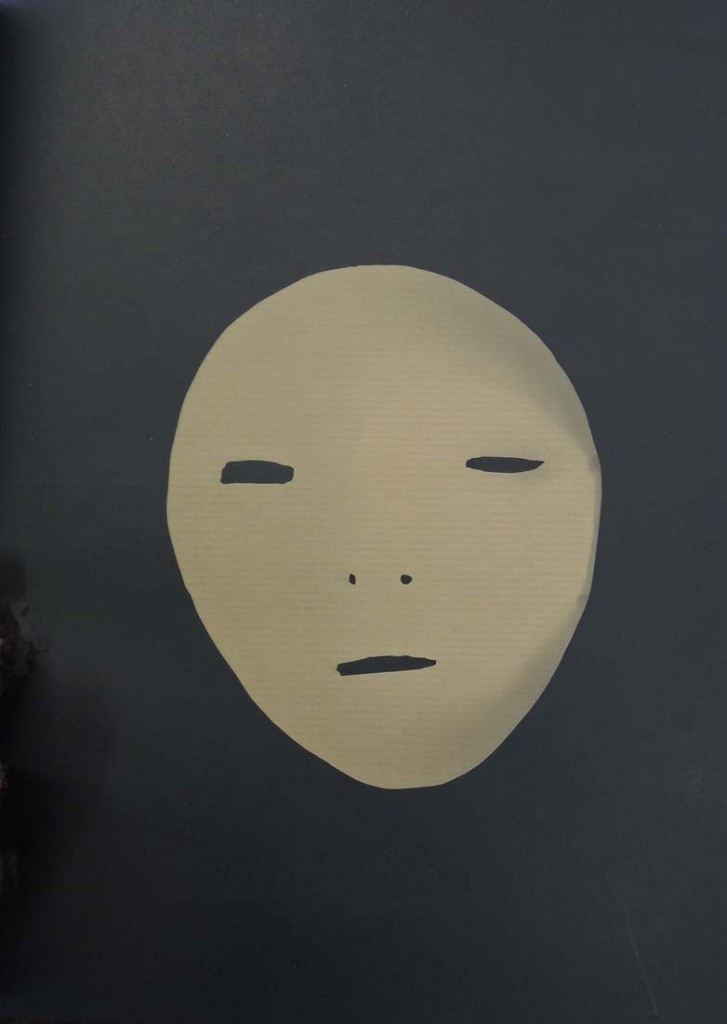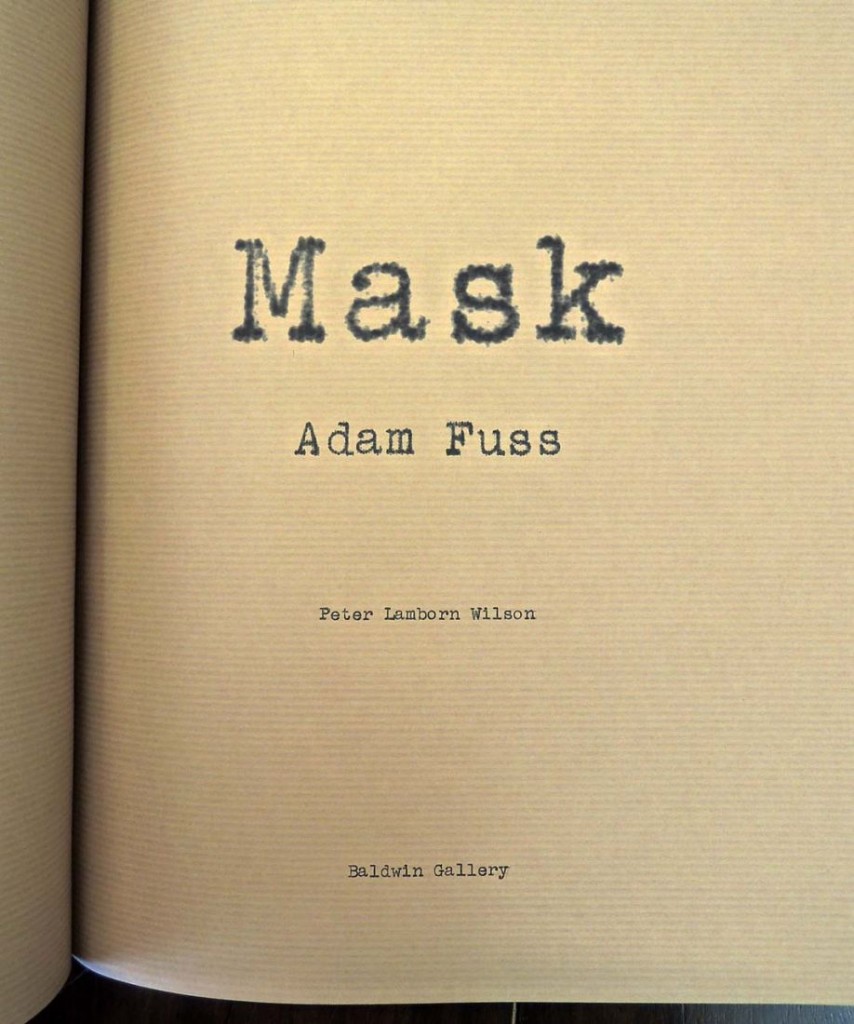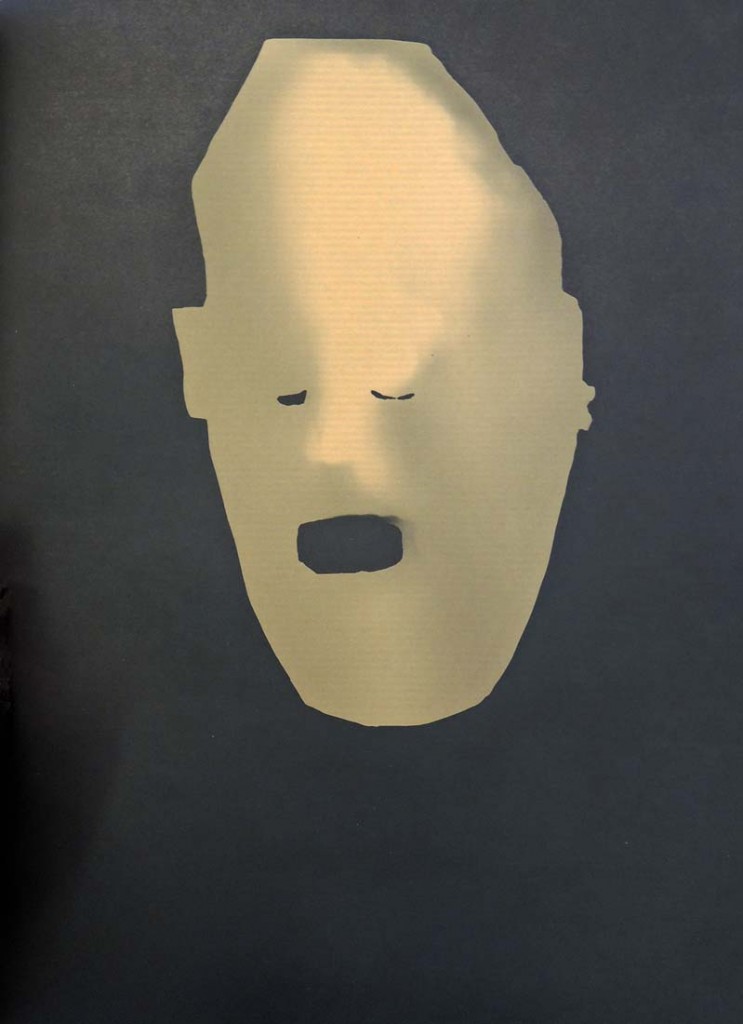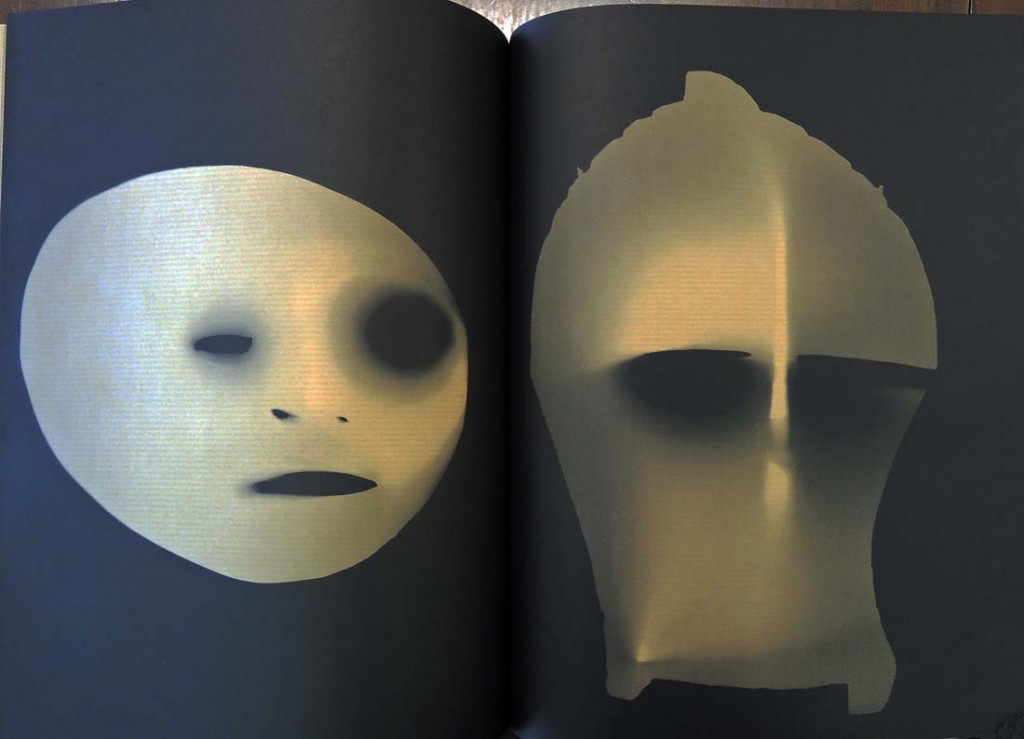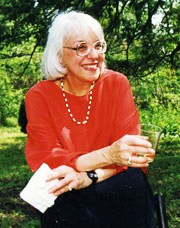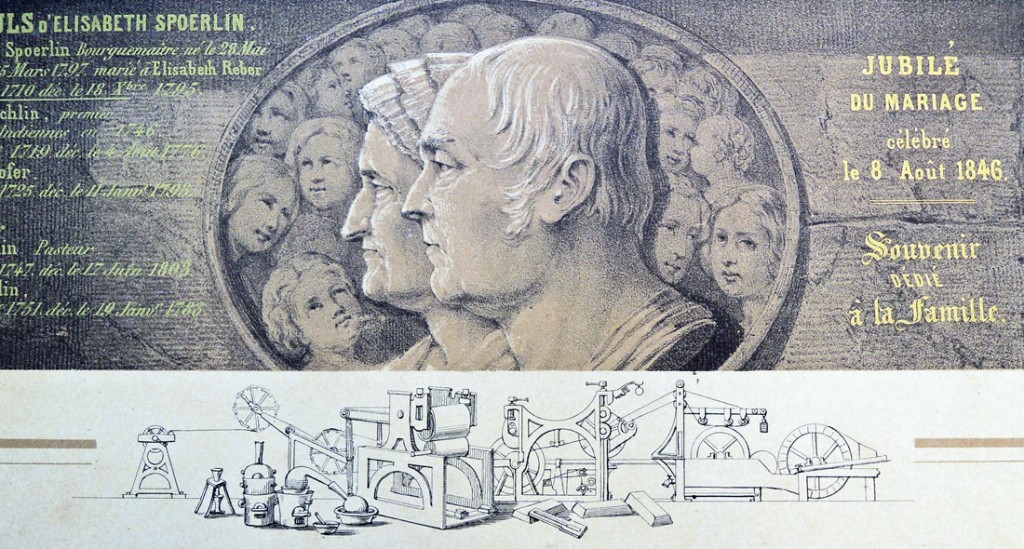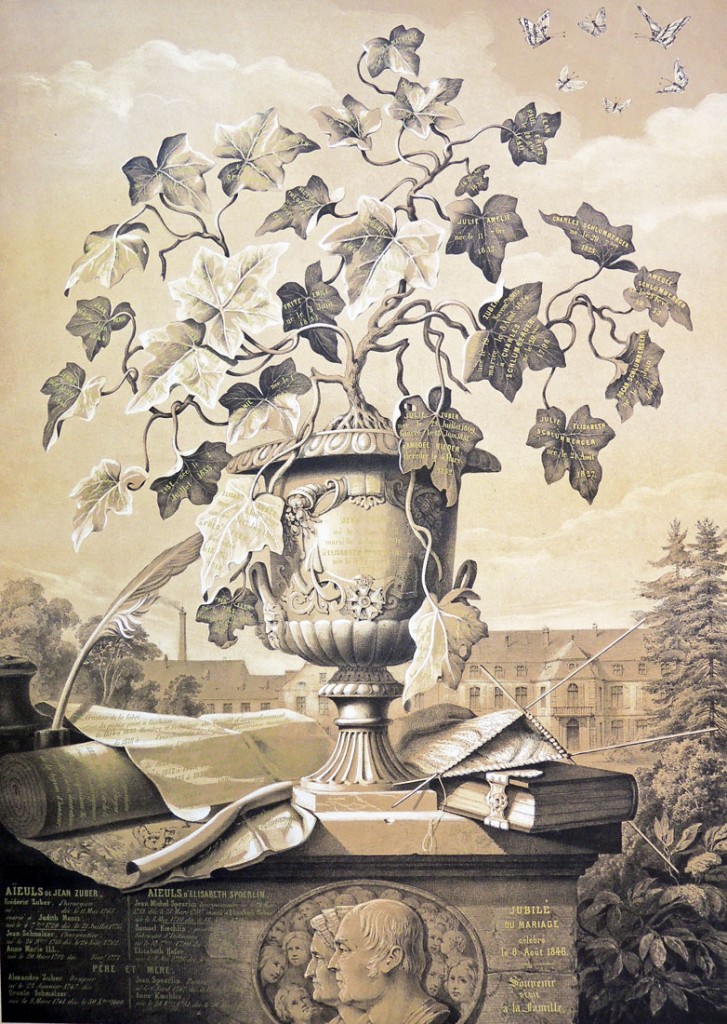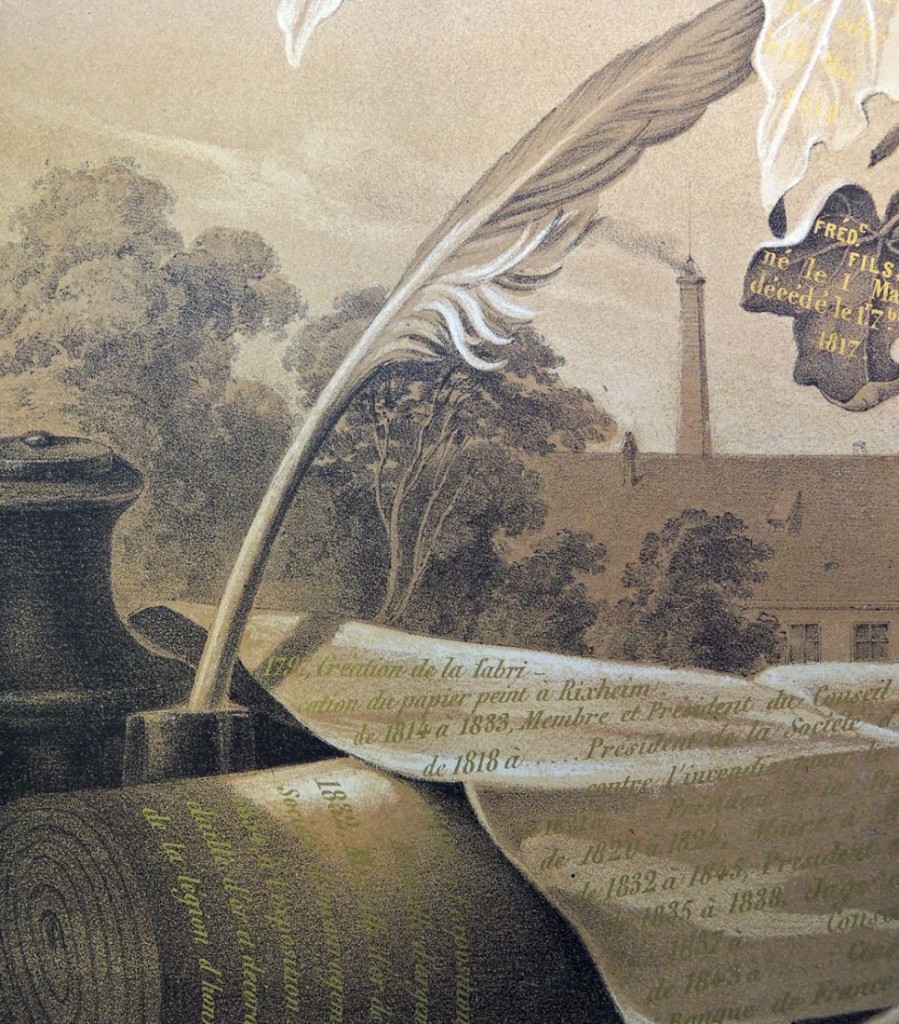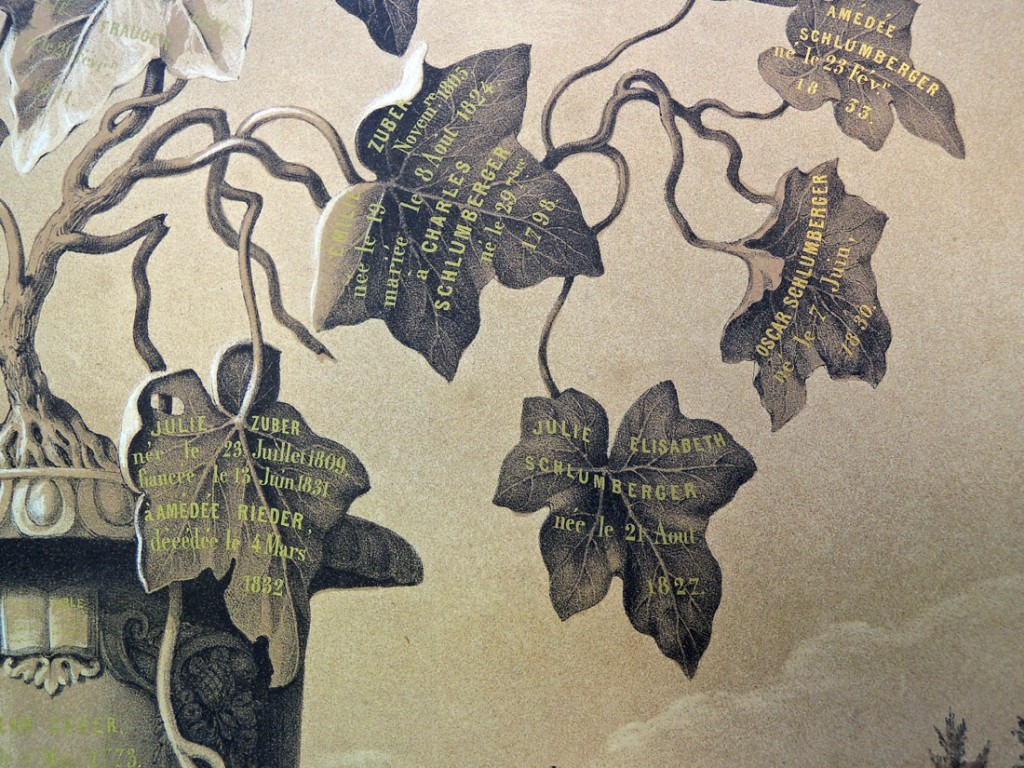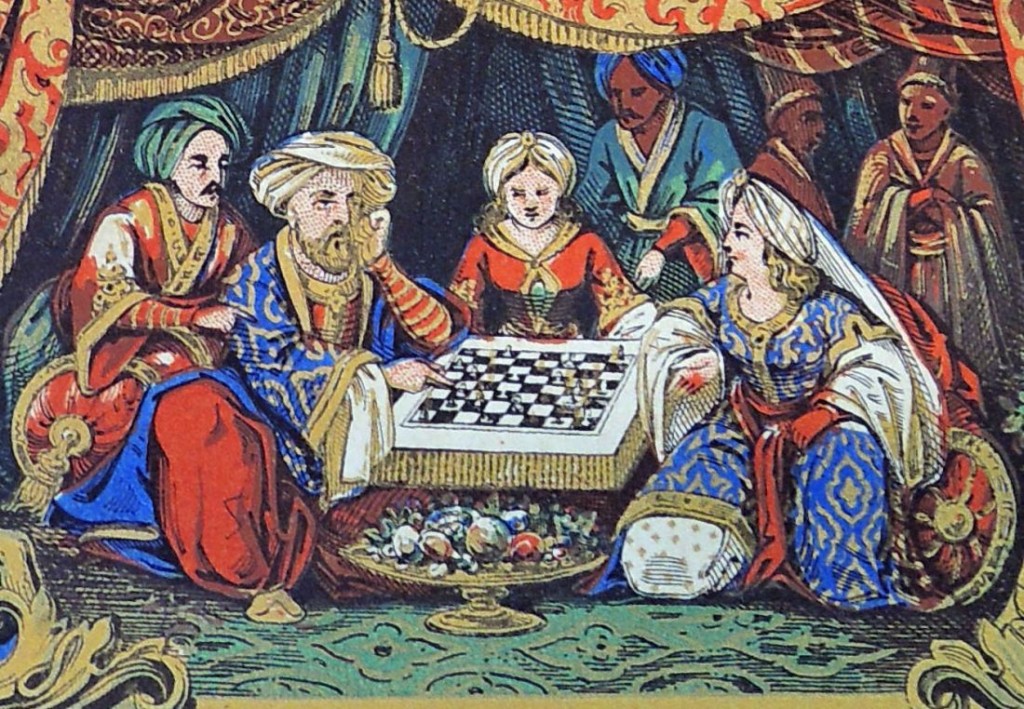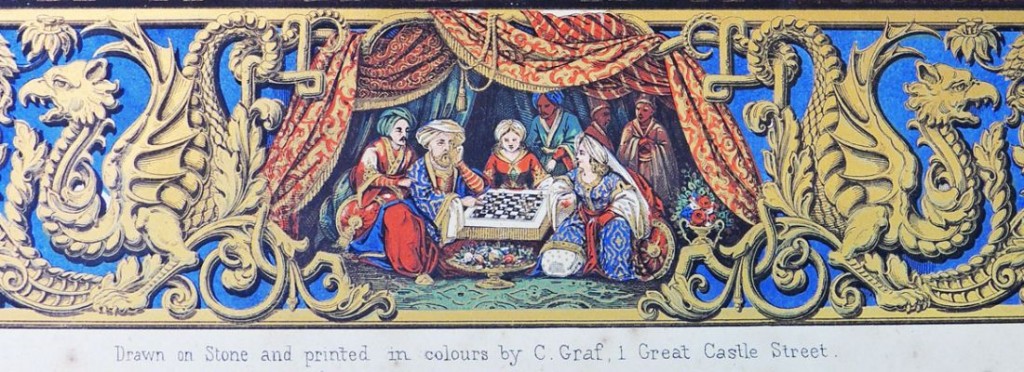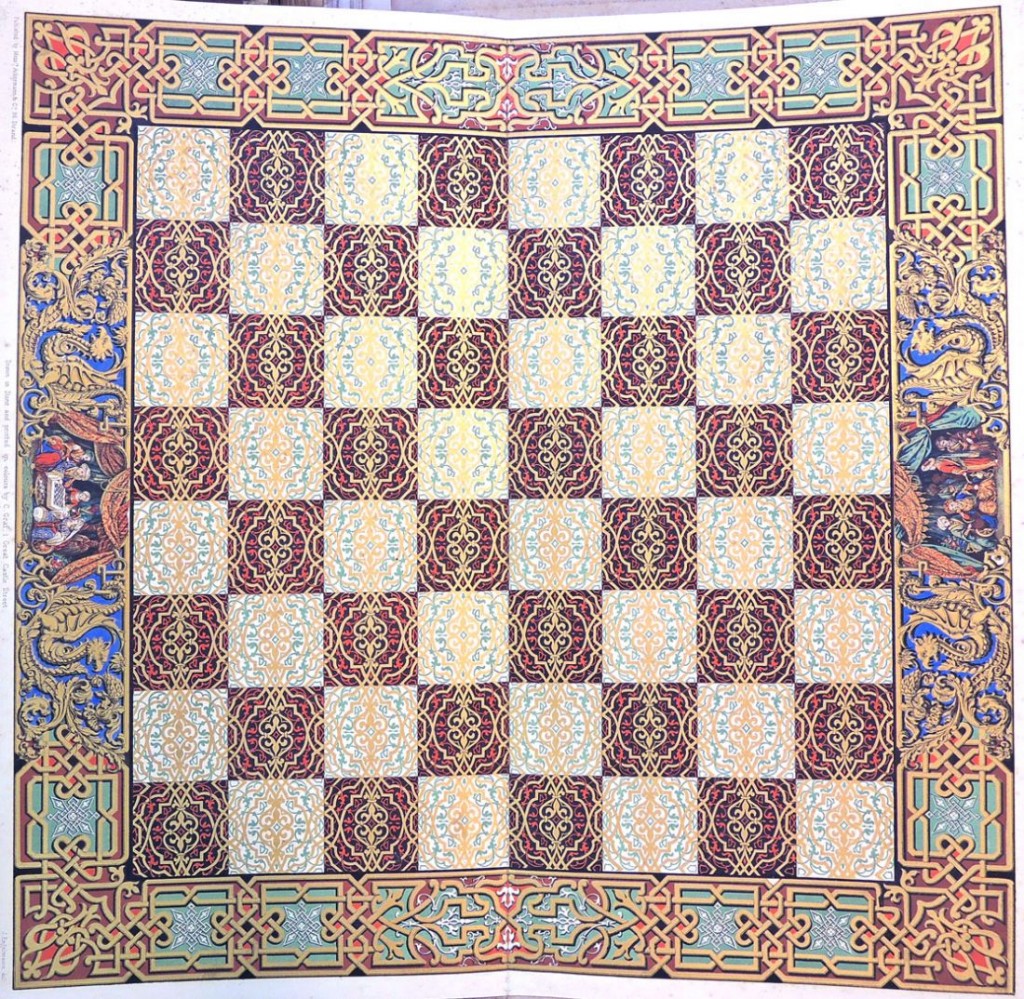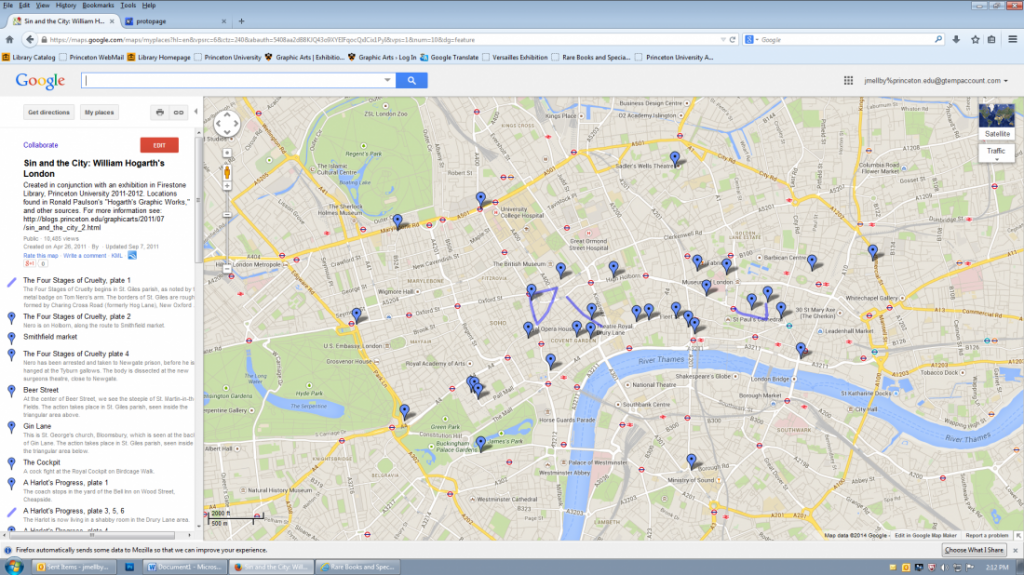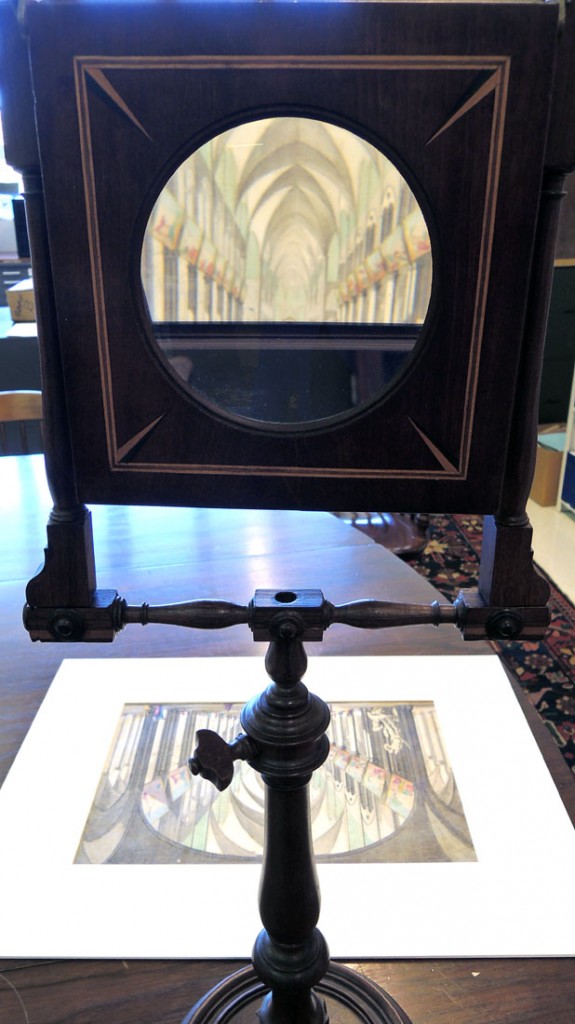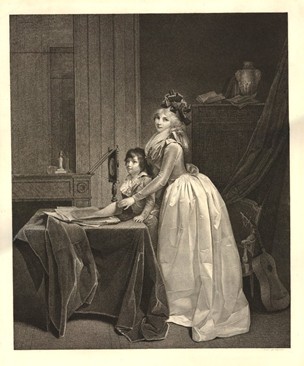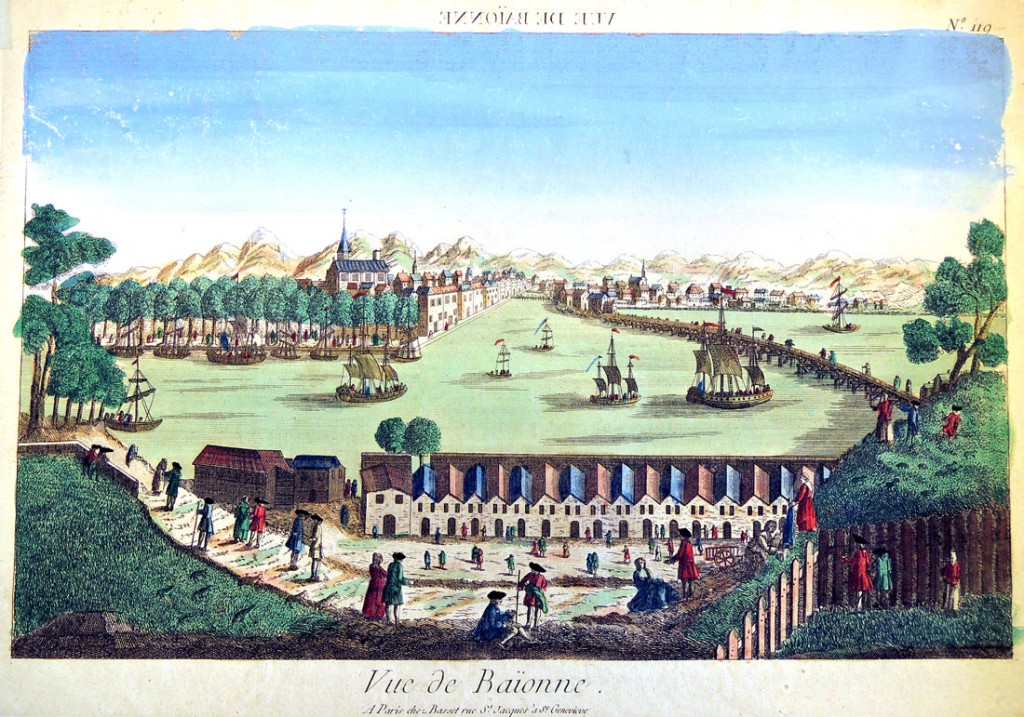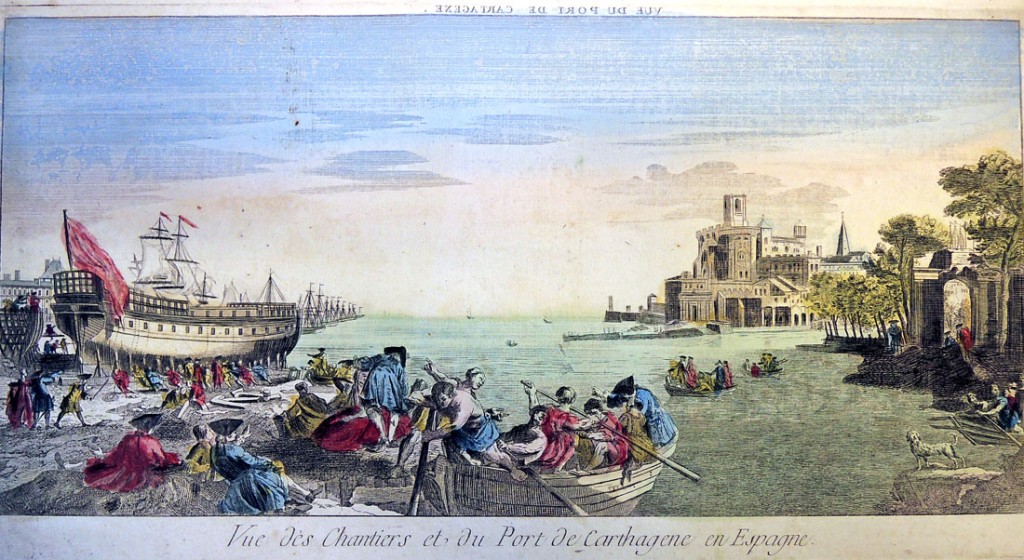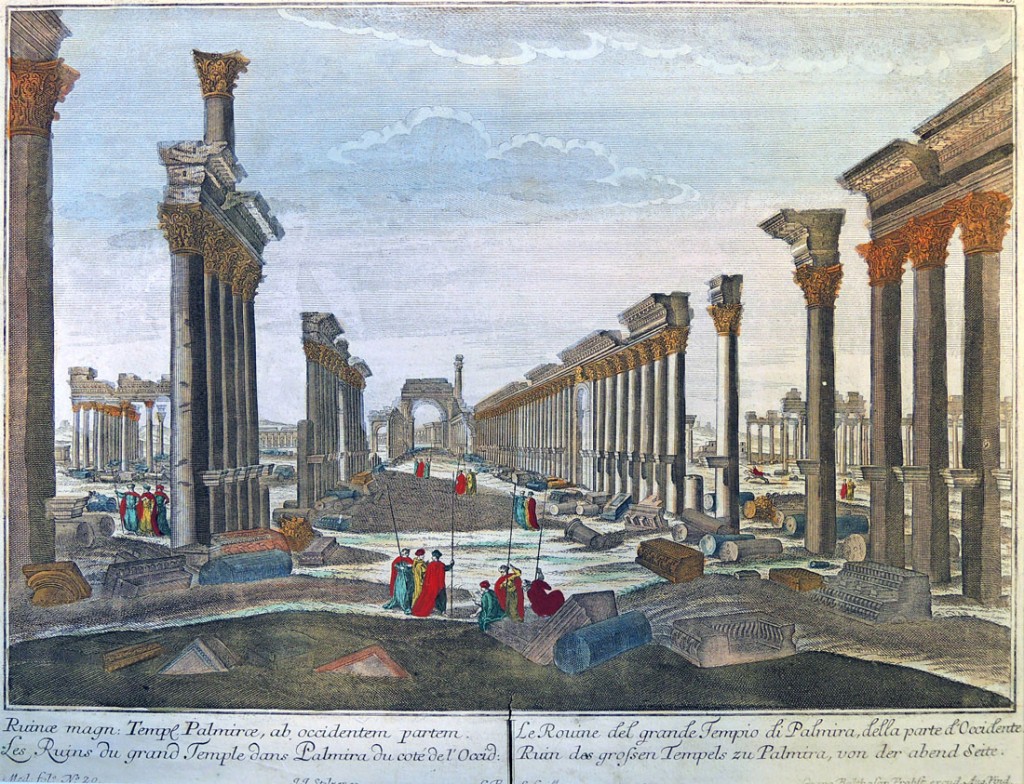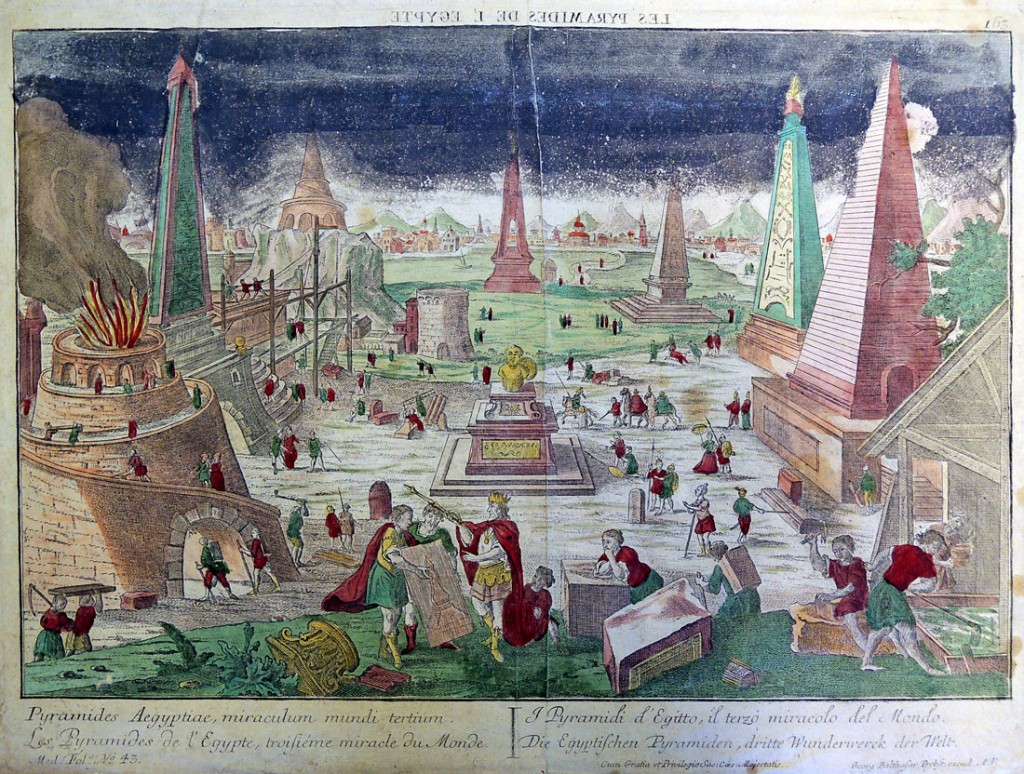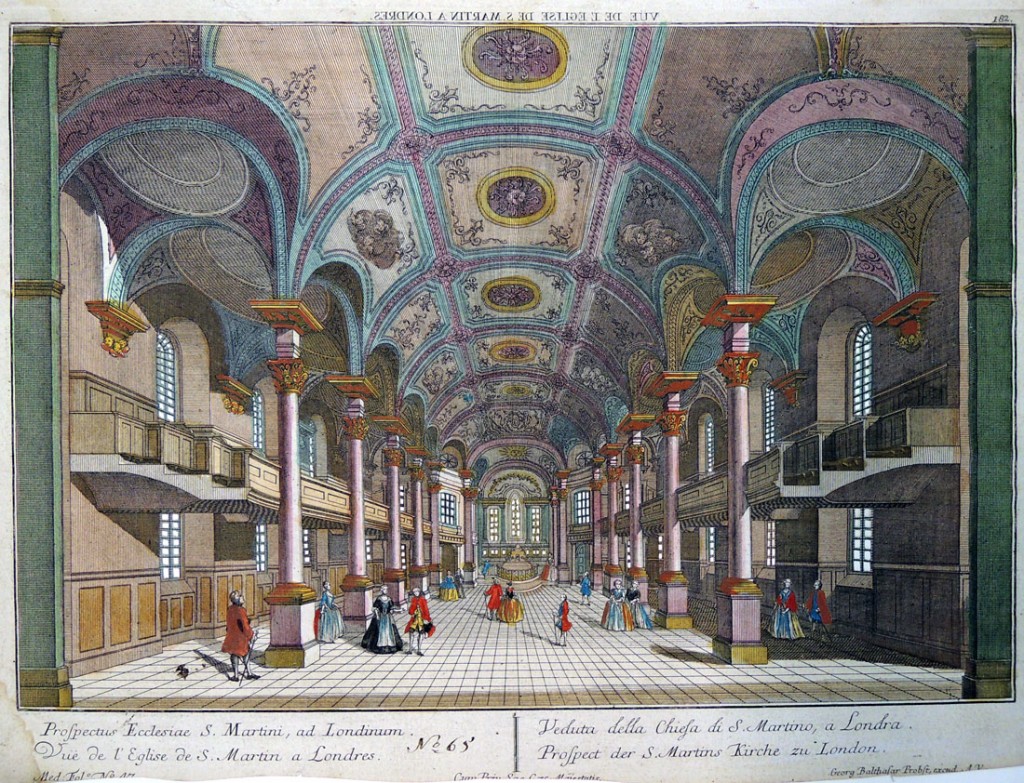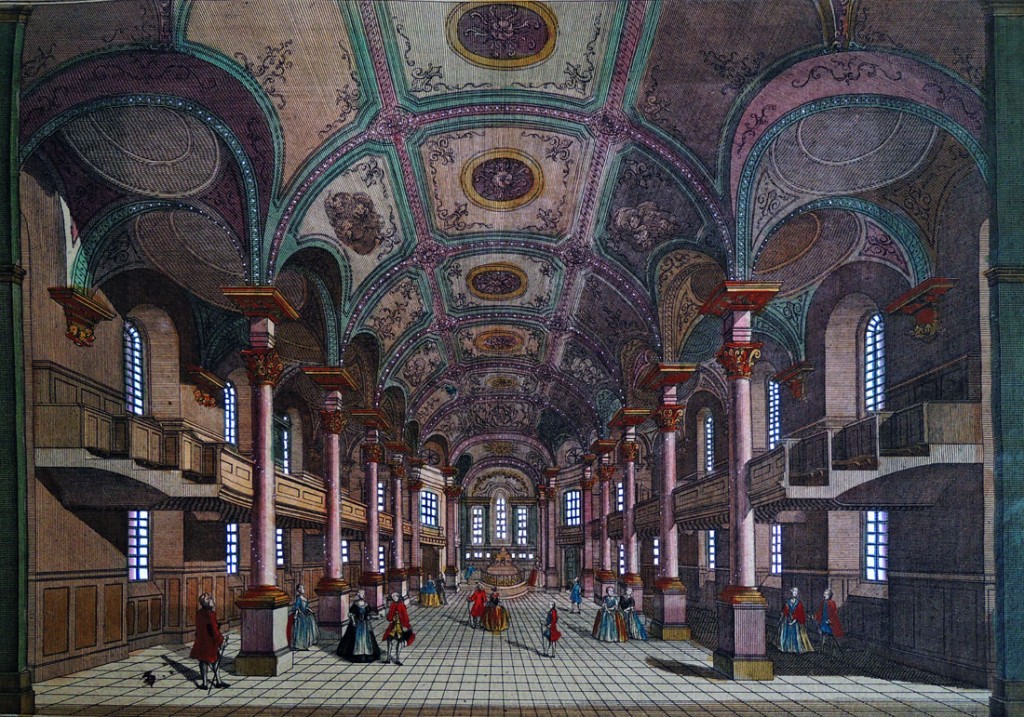Yesterday, we posted a new set of 19th-century metal printing plates telling classical stories with Latin captions. Today, several of the sequences have been identified.
My sincere thanks to Christina S. Kraus, Acting Chair, NELC. Thomas A. Thacher Professor of Latin, Yale University, and to Christopher Stray, Honorary Research Fellow, Department of History and Classics, Swansea University, for their help in identifying the stories. This will be a tremendous help in tracking down the published versions of these educational prints.
A.This is from Sallust, Bellum Jugurthinum chapter 93
1.MILES AQUATUM EGREDITUR
2.FACILIS ASCENSUS
3.UTILIS ARBOR
4.RAMIS MODO MODO SAXIS NISUS AD CASTELLUM HOSTIUM PERVENIT
5.OMNIA EXPLORAT
6.LAETUS REGREDITUR
B. Unidentified
1.ITER FACIENS
2.POSSUMNE?
3.EXPERIAR CERTE
4.FORTIS SENEX
5.CAPTUS
6.EXITUS MISERANDUS
C. Unidentified
1.LATRONES DELIBERANT
2.CALLIDUM CONSILIUM
3.LATRONES VENUMDANT
4.ILLE PORTAM RESERAT
5.EFFUGIT URSA
6.CANES LATRONEM LACERANT
D. This is from Livy 1.24 the battle of the Horatii and the Curiatii
1.FRATRES PRO PATRIA INTER SE PUGNANT
2.DUO ROMANI INTERFICIUNTUR
3.TERTIUS CALLIDE FUGIT
4.PRIMUM ALBANUM OCCIDIT
5.SECUNDUM OCCIDIT
6.TERTIUM OCCIDIT
E. This is from Caesar, Bellum Gallicum 4.24-6, the first landing in Britain
1.CLASSIS ROMANA
2.BRITANNI
3.ROMANI TERRENTUR
4.AQUILIFER FORTIS
5.MILITES SECUUNTUR
6.BRITANNOS FUGANT
F. This is from Livy 5.47 and thereabouts, Manlius and the geese during the Gallic sack
1.ROMANUS DESCENDIT
2.VESTIGIA GALLI VIDENT
3.NOCTU GALLI VIDENT
4.IAM IAM DORMIUNT
5.ANSERES VIGILES
6.SPES IRRITA
G. A late antique story; see also: http://storiesforpreaching.com/telemachus-and-the-colosseum/
1.GLADIATORES PUGNANT
2.INTRAT TELEMACHUS
3.FRATRES ESTIS
4.TELEMACHUS INTERFICITUR
5.SCELUS NEFANDUM
6.EXEUNT OMNES



